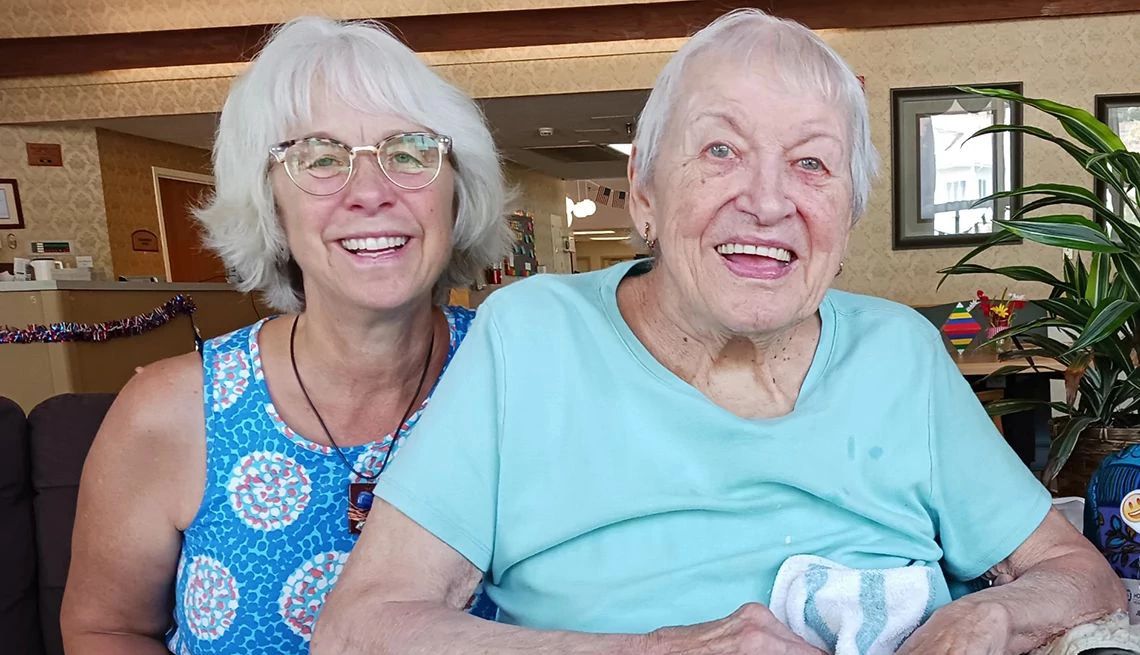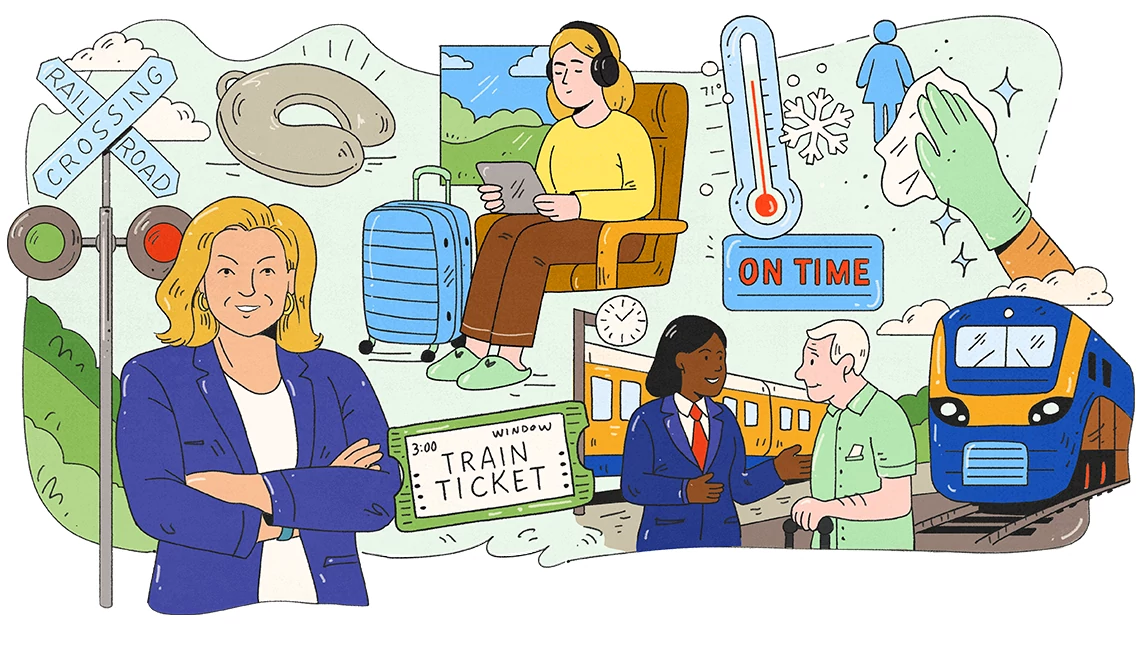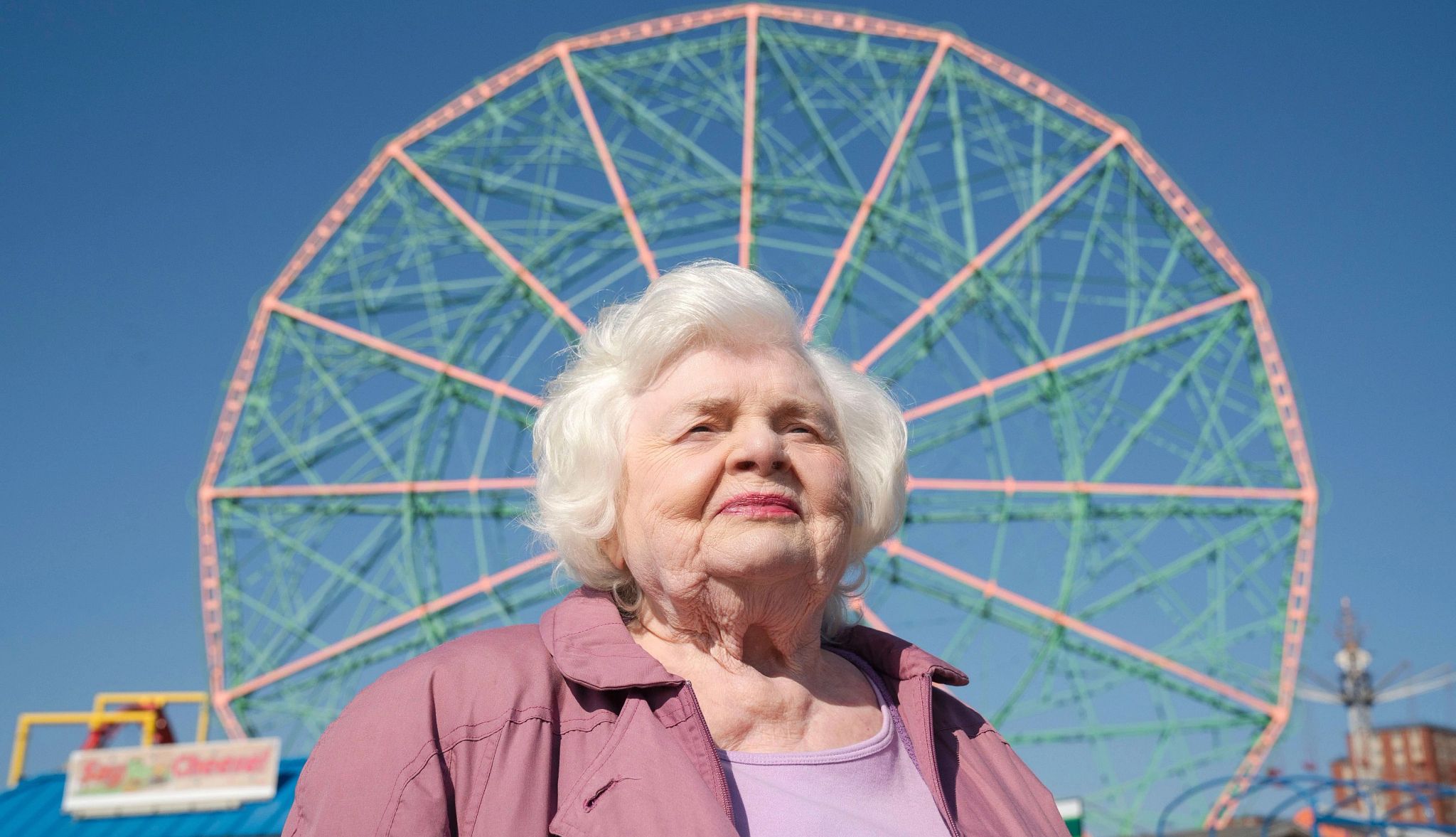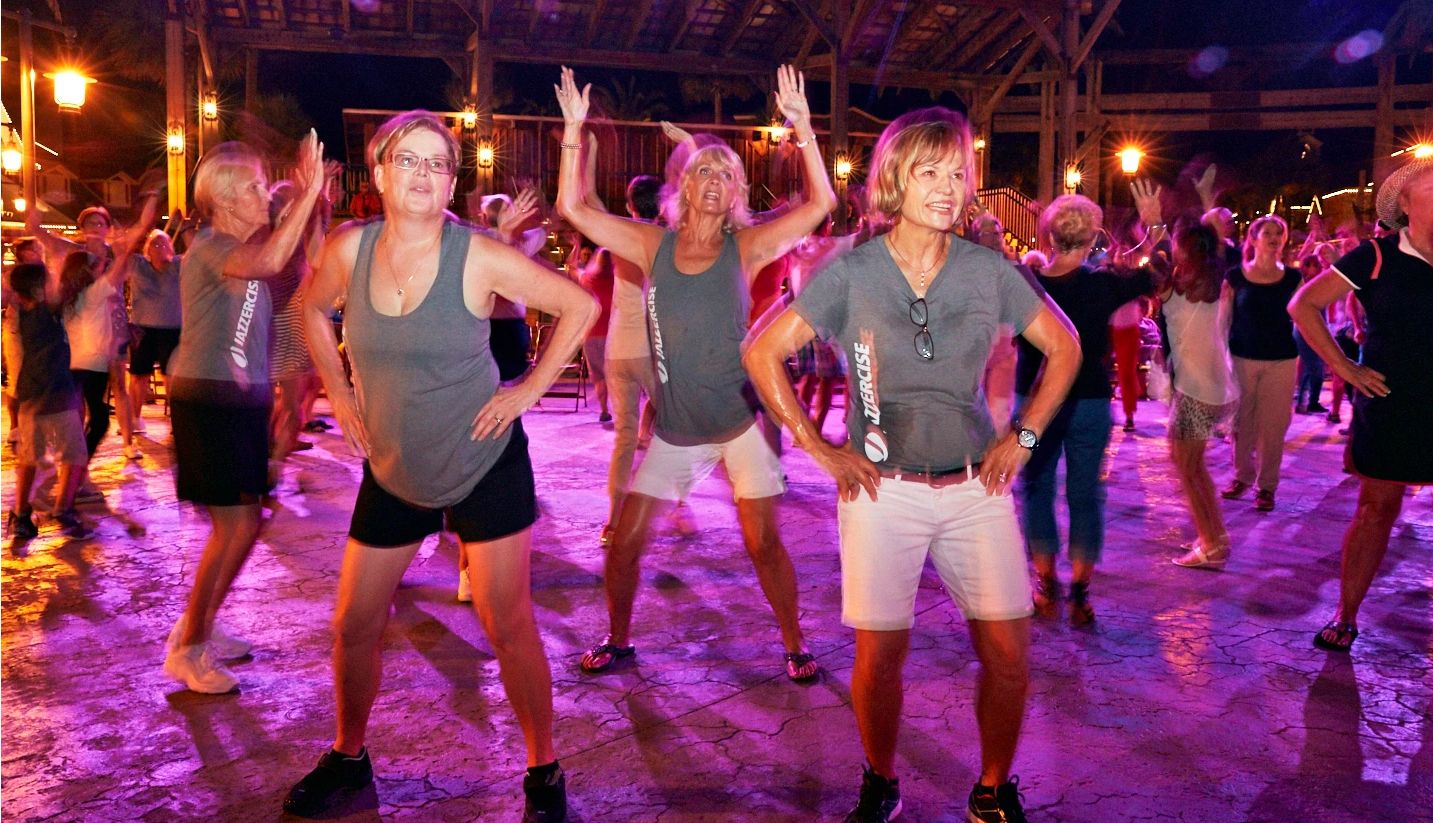AARP Hearing Center
Pullman porters not only played an iconic role in mid-20th Century railroad travel but also contributed to the establishment of the Black middle class and were instrumental in the civil rights movement.
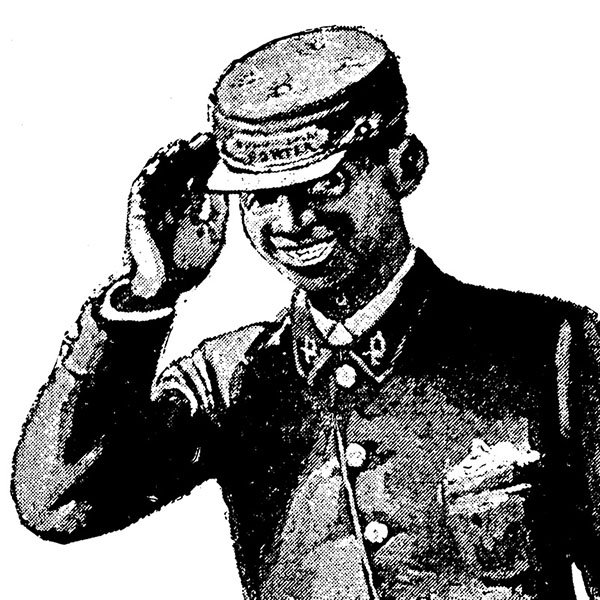
James Reaves, who has a lifelong passion for railroads and currently works for the Maryland Transit Association, presented a fascinating glimpse into the life of a Pullman porter during a presentation in AARP Virginia’s Tuesday Explorers Series.
The Pullman Palace Car Company was founded in 1867 by George Pullman, a cabinetmaker. Although Pullman himself did not invent the sleeping car, he did improve its technology and the comfort of the passengers, and Pullman cars became synonymous with overnight train travel.
What Pullman did was develop a system that provided a highly specialized type of passenger car with a high level of service and the infrastructure to support these services. This allowed railroads to provide these services to passengers without a substantial investment on their part, as Pullman provided the cars when and where the railroads needed them.
Pullman cars were a major advantage to the railroads, which saw an increasing number of passengers making winter trips to Florida. The railroads would collect a coach fare, and the Pullman Company would charge an additional fee for a berth or other accommodation.
The additional fee, said Reaves, was about twice the cost of a standard $2 coach fare.
By the time of Pullman’s death in 1897, the Pullman company had a monopoly on the sleeping car business and possessed the largest railroad car manufacturing works in the world.
At the height of the company’s success in the 1920s, Pullman was the largest employer of African Americans in the country, with 7,242 porters and maids.
“All porters were Black men,” said Reaves, because Pullman believed white customers would be comfortable being served by Black men. The maids, who were Black women, were not maids in the sense they did cleaning – those services were done by the porters – but instead served as nannies to passengers’ children or provided personal services to female passengers.
Being a Pullman porter was a Black man’s ticket out of poverty, seen as a better way of life than sharecropping or manual labor, Reaves said. Many porters were able to save money to send their children to college, helping to create the Black middle class. In addition, porters had the opportunity to travel and be exposed to different people.
But their life wasn’t easy, said Reaves. The pay was low, about $84 per month in the 1940s, and they were expected to work 400 hours or more per month. They were subject to humiliating work rules and racism from white supervisors, with no recourse for often arbitrary and capricious personnel actions.
For example, said Reaves, porters were often called “George” instead of their name, “as if they did not have their own identity.” They could not speak up without the fear of being fired.
Porters could not confront passengers, and prior to unionization, they could not sleep on the train. Reaves said some porters found a way around the sleeping prohibition by working with and looking out for each other.
One thing the porters were able to do was to gather up print materials, such as newspapers and magazines, left on trains by passengers. “When the train passed through African American communities,” said Reaves, “they would toss them on the tracks,” enabling those communities to have a broader glimpse of the world.
Porters’ duties were varied, and they had to comply with strict instructions. Before the run, they would count all clean linens and towels and ensure there were adequate supplies. They then assisted passengers aboard and carried their baggage.
Often, said Reaves, they would be required to “decorate the platform,” standing at attention outside the train, regardless of weather.
During the run, they would attend to passenger needs and requests, including cleaning and providing supplies for the washrooms. They also shined shoes, although each porter had to provide his own shoe-shining supplies.
In the evenings, the porters would “make down” the berths or prepare them for nighttime. The cars had different types of sleeping compartments or rooms, said Reaves. Some had open sections during the day, like regular coach seating. At nighttime, the seat facing in the direction the train was going was made up into a lower berth, while the seat facing the opposite direction became the upper berth.
Pullman porters tried several times to organize as a group in hopes of being treated more fairly, but each time, the efforts were crushed by the company and the organizers were fired.
Finally, the Brotherhood of Sleeping Car Porters (BSCP) was founded in August 1925 by a group of New York based porters. They selected A. Philip Randolph, a labor organizer, writer, orator, and civil rights activist, as their leader.
“Since Randolph did not work for the Pullman Company, he was safe from being disciplined or fired,” said Reaves.
In response to the union, the Pullman Company did raise wages by 7 percent, but they also funneled money to Black churches and institutions to dissuade porters from joining the union.
To help gain legitimacy from a nationwide organization, Randolph approached the American Federation of Labor (AFL) about joining their ranks. Although the AFL was at that time a racist and discriminatory organization, they nevertheless agreed to register each BSCP chapter with a charter.
The Emergency Railroad Transportation Act and the National Industrial Recovery Act, both in 1934, provided workers with the right to unionize and encouraged management to provide fair working conditions. These laws resulted in more porters joining the BSCP, and membership surged.
Two years later, thanks to Randolph’s actions, the Pullman Company signed a contract with the Brotherhood of Sleeping Car Porters, 12 years after the union was founded.
This historic event marked the first time a major corporation signed a labor agreement with a Black labor organization.
An early advocate for civil rights, Randolph was the leader of the March on Washington Movement in 1941, protesting discrimination in war industries. Facing a protest by 100,000 Blacks, President Franklin Roosevelt signed an executive order banning discrimination in government jobs, defense production, and training courses.
Another Pullman porter and BSCP member, Edgar D. Nixon of Alabama, supported Rosa Parks during her arrest for refusing to give up her seat to a white man on a Montgomery bus by organizing a bus boycott.
Nixon is also credited with getting a young Baptist minister, the Rev. Martin Luther King, Jr., involved in the civil rights movement.
By the end of the1950s, long-distance rail travel was on the decline. The introduction of long-distance commercial air travel cut heavily into rail travel, while at the same time road improvements and the popularity of automobile travel decreased the number of local rail passengers.
After continuing to struggle, Pullman closed its sleeping car operations in 1968, and any railroad that provided sleeper services took on those responsibilities. The individual railroads still honored the BSCP agreement, which continued when Amtrak took over U.S. passenger rail service in 1971.
In 1978, the remaining members of BSCP voted in favor of merging with the Railway and Airline Clerks union, marking the end of the historic Brotherhood of Sleeping Car Porters. This presentation is available on AARP Virginia’s YouTube channel. The Tuesday Explorers series continues every Tuesday through April. Visit AARP’s Tuesday Explorers webpage for a list of upcoming programs.



















